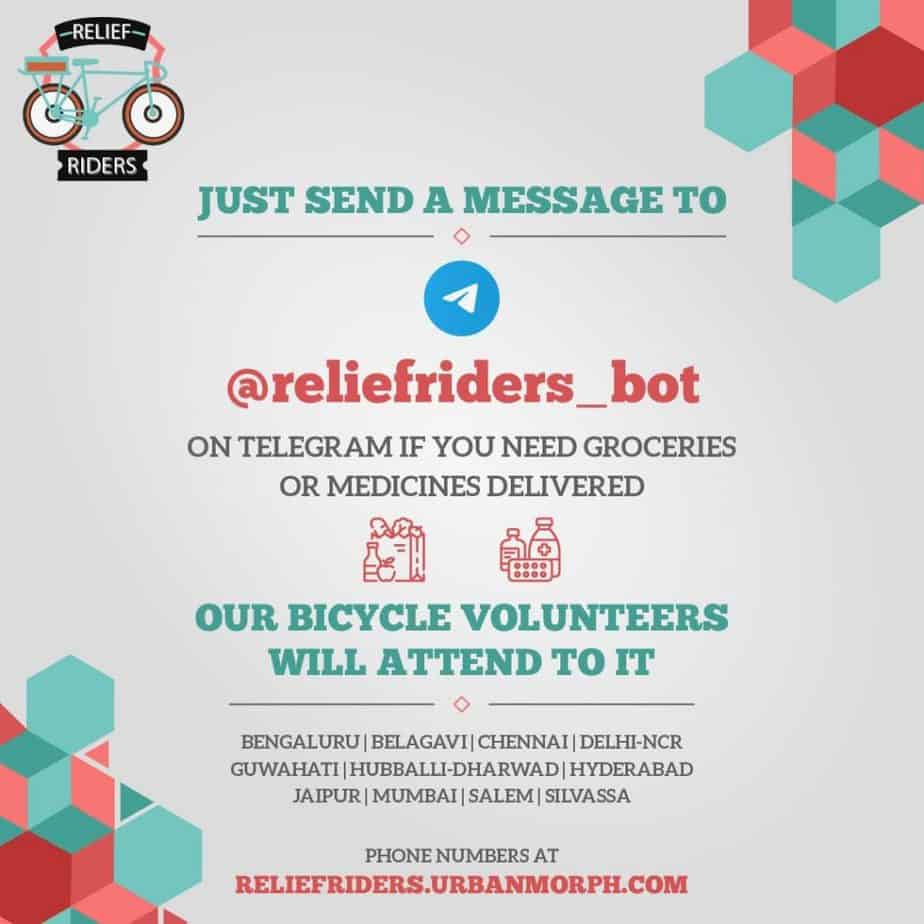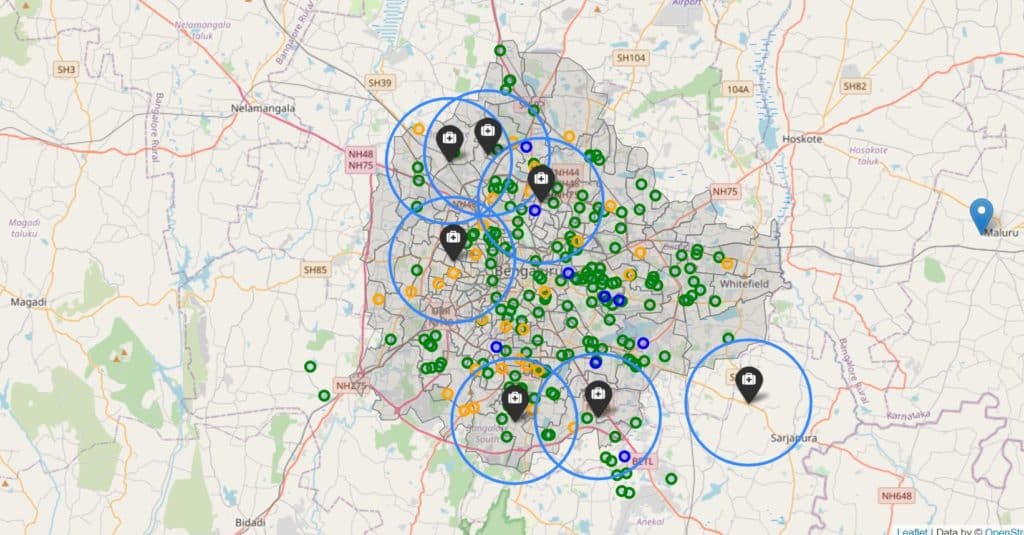The COVID-19 pandemic brought to the fore the gaps in emergency response coordinated by the government. Large amounts of emergency items from beds, oxygen tanks, concentrators, medicines, vaccines, masks and food needed to be bought and delivered. With shortage of labour and a lockdown, the supply of these critical needs posed a challenge to overcome. Shortage of labour, created by a combination of reverse migration and affliction of the disease, also contributed to the logistical challenge. At this point, civil society stepped in and relieved an overwhelmed government apparatus which is not built for such calamities.
The first lockdown saw online food delivery services beefing up their operations. Even they fell prey to a shortage of resources during the second wave. The demand soon outstripped their ability to supply, and many citizens struggled to get both cooked food and grocery supplies delivered to their doorstep.
Medicine and oxygen supplies, by now, were being sourced by civil society in large numbers as emergency response to requests pouring in. The needs on the ground, however, were being identified by different agencies and not available in an aggregated manner to all who were procuring supplies.
Relief Riders was born during the first wave of the pandemic when a group of cyclists started delivering groceries, medicines and other essentials to the people who were best kept indoors to reduce the pressure on the health system — the elderly and vulnerable with co-morbidities. In the second wave, this included the COVID-infected.
Read more: Warriors on cycle: How Chennai’s ‘Relief Riders’ are helping COVID-affected families
Relief Riders developed a practice of utilising proximate cyclists to deliver supplies, avoiding cross city trips, reducing both exposure to the virus and delivery times. Most times, the 725 volunteer-strong Relief Riders delivered the supplies even before online delivery tools could find a delivery person on their app. All this was being coordinated utilising practices from the first wave, via WhatsApp and excel sheets.
Scaling operations with the aid of technology
Relief Riders soon took off in 12 cities. They were operating off Google sheets that we had built. But when we built new features, we were unable to provide it to all those cities so they could take advantage of it. Urban Morph, a consulting services company put together a technology platform that would help such teams locate requests, find hyper-local volunteers, assign them based on criteria like availability, proximity to the request, type of vehicle, amount of exposure they have already had for the day.
Read more: “Youth already in forefront of fight against COVID”
This platform was named Casc-Aid, targetted to enable hyper-local, rapid emergency response logistics for volunteers during the pandemic. We put together the platform using open source software and custom-built analytics components. Some technology volunteers in Relief Riders helped in fixing bugs and customising the software.
Towards the end of the second wave, a lot of supplies like oxygen cylinders, concentrators, masks and medicines had accumulated. But the requests were only being matched within a friend’s network and in silos. Some NGOs were sitting on supply and others on demand. Casc-Aid would bring all of them together on a common platform, so that demand and supply could be matched; the needs could then be met by the most suited volunteer in terms of location, availability of the requirement, vulnerability etc. We built maps to enhance the visibility of the requests, supplies and agents, making it possible to service requests across silos.
These requests would be made available programmatically via what are technically called API’s so other applications can listen to it and agents/NGO’s can service it.
The application is available for organisations that provide services. They contact Urban Morph to onboard them. We set up the environment, create a telegram bot to accept requests, train their back office in collecting agent data, respond to requests and use the system. The platform also allowed those who needed help to send in their request via Telegram. This made it accessible to people without the need for downloading apps.
One of the features we built was a “shout out” inside the Casc-Aid platform. This would enable the back-end team to mark unmatched requests as unserviceable by the existing set of NGOs/Civil Society groups on the platform.
We also got connected to Dakshas Foundation via #CovidActionCollab (www.covidactioncollab.org) of which Urban Morph is a member. Dr Bharath and his team from Dakshas were not just trying to help with logistics, but to create livelihoods in rural areas. With Dakshas, we explored extending this platform to facilitate rural health logistics. We signed a MoU to offer this platform called Casc-Aid health under a creative commons license. It is now being offered as Samni.in for many NGOs by Dakshas.
The road ahead
COVID is an emergency that may eventually be controlled to levels manageable with limited resources. The future of such a platform hence lies in its ability to scale to other domains. A 2014 study by the Central Bureau of Investigation put the number of nonprofits in India at 2 million. That is one for every 600 people. Many believe the number could be much higher. With everyone trying to serve a captive community, their ability to access help from each other becomes a challenge. Even if a small percentage of them decides to collaborate, share demand and supply data, our ability to service requests will become that much more efficient. Not just for emergency response but in every domain, where the requestor is hunting for a contact list on whatsapp to seek help.
Under its ambitious “Zero waste to landfill” goal, Urban Morph is now trying to raise money to build the platform for dry Waste Management and achieve circularity. Called Casc-Aid Waste Management, it will empower local waste collectors to discover waste generators, close the loop with producers via an extended producer responsibility dashboard. It would also provide a dashboard for individuals who put out trash for collection to understand how much they have personally saved from going to the landfill, thereby encouraging responsible waste management at an individual level. They can also see how they stand against others via a leaderboard.
While Casc-Aid remains a platform, to become useful, the end goal is to make this a protocol, like email. Doesn’t matter who the email provider is, we should be able to just put the address and send it out knowing it will reach the intended audience. Similarly, platforms like Casc-Aid should be able to “shout-out” using a common language knowing someone will pick it up. This is a powerful goal to back.
Most of the impact funding currently goes into downstream activities, like procuring equipment and delivering relief. Urban Morph showed that upstream innovations like Casc-Aid can improve efficiencies and make scaling of downstream work more effective.

